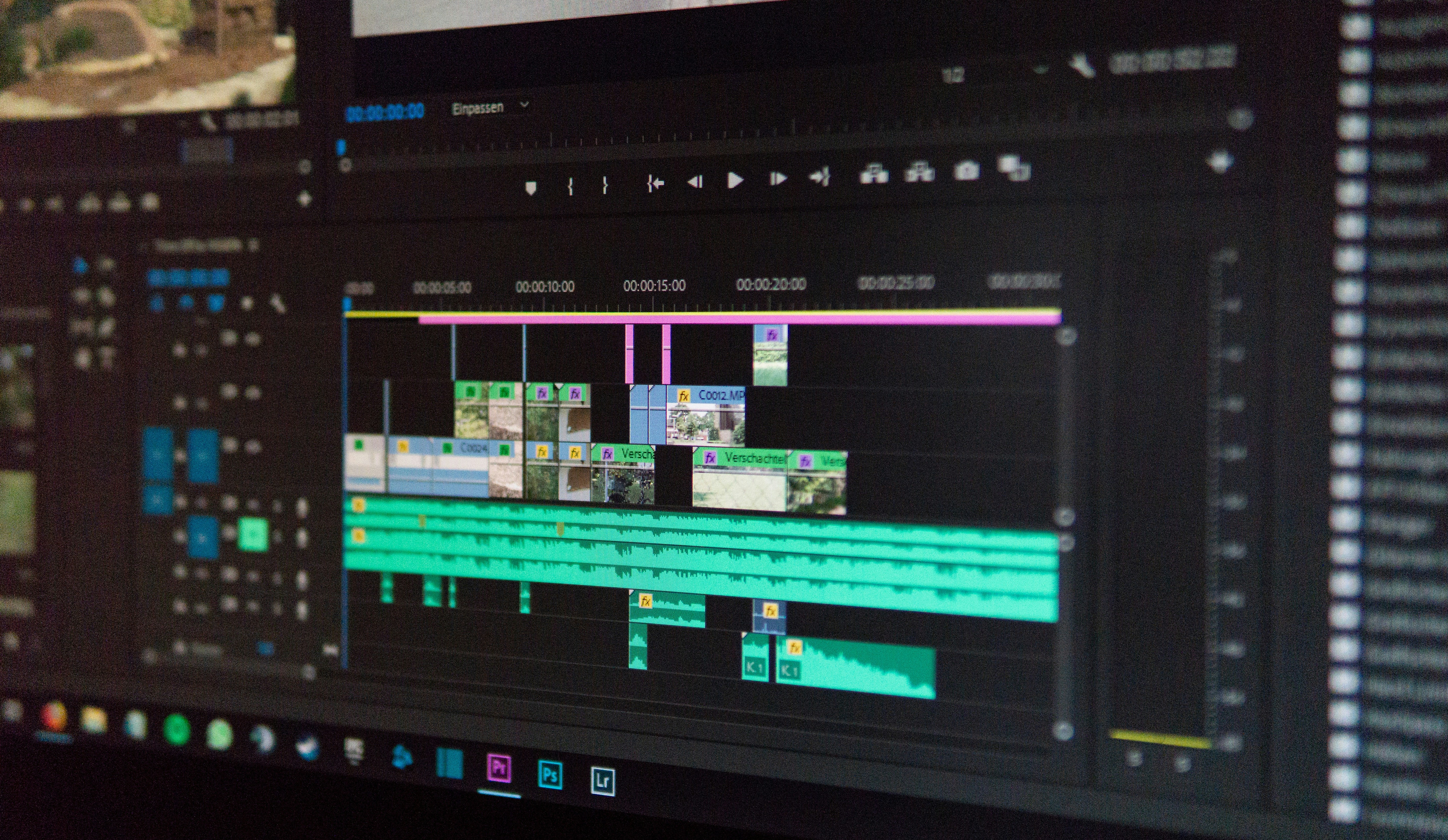In today's digital landscape, video content is everywhere, from streaming services like Netflix and YouTube to social media platforms and video conferencing tools. The seamless delivery of this content hinges on efficient video compression standards.
The most prominent standards are H.264 (Advanced Video Coding, or AVC) and H.265 (High-Efficiency Video Coding, or HEVC). These standards have revolutionized video consumption by enabling high-quality playback at manageable data rates. Understanding their differences and applications is critical for anyone involved in video production, distribution, or consumption.
Historical Context
The development of video compression standards has been driven by the need to reduce file sizes while maintaining quality. H.264 was developed by the Joint Video Team (JVT), a collaboration between the ITU-T Video Coding Experts Group (VCEG) and the ISO/IEC Moving Picture Experts Group (MPEG). Released in 2003, H.264 quickly became the industry standard due to its ability to deliver high-quality video at lower bitrates compared to its predecessors, like MPEG-2. This made it ideal for applications, from Blu-ray Discs to broadcast television and online streaming.
With the advent of 4K and 8K resolutions and the increasing demand for high-dynamic-range (HDR) content, the limitations of H.264 became apparent. This led to the development of H.265, finalized in 2013. H.265 was designed to improve upon H.264 by offering better compression efficiency, allowing for higher-resolution video playback while using less bandwidth. This makes it essential for modern video applications, such as streaming ultra-high-definition content and supporting immersive experiences like virtual reality.

Technical Differences
The technical differences between H.264 and H.265 are fundamental to their performance. H.264 uses a macroblock structure, typically consisting of 16x16 pixel blocks. In contrast, H.265 introduces a more flexible coding tree unit (CTU) structure, which can handle block sizes up to 64x64 pixels. This flexibility allows H.265 to compress video more efficiently by adapting to different types of content more effectively. Larger block sizes enable the codec to achieve more precise motion estimation and compensation, leading to higher compression ratios and reduced file sizes.
H.265 reuses many concepts defined in H.264. Both are block-based video coding techniques, so they have the same roots and similar coding methods, including:
Subdividing pictures into macroblocks and ultimately blocks.
Using intra-frame compression techniques to reduce spatial redundancy.
Using intra-frame compression techniques to reduce temporal redundancy (motion estimation and compensation).
Using transforms and quantization to perform residual data compression.
Using entropy coding to reduce final redundancy in residual and motion vector transmission and signaling.
H.265 also supports higher bit depths and wider color spaces, which are crucial for modern video formats. It can handle up to 12-bit color depth and supports the Rec. 2020 color space, which covers a wider gamut than the Rec. 709 space used by H.264. This results in richer colors and improved video quality, particularly for HDR content, which demands greater dynamic range and color accuracy.
Performance and Quality
In terms of performance, H.265 offers significant improvements over H.264. The enhanced compression efficiency of H.265 allows it to deliver the same video quality as H.264 but at half the bitrate. This is particularly beneficial for streaming services, where bandwidth is critical. By reducing the data required to stream high-quality video, H.265 helps minimize buffering issues and ensures a smoother viewing experience, even on limited internet connections.
The quality improvements of H.265 are also evident in its ability to handle higher resolutions and dynamic content. With the proliferation of 4K and 8K displays, the demand for codecs that can efficiently compress and decompress high-resolution video has increased. H.265's ability to maintain quality at lower bitrates makes it ideal for delivering ultra-high-definition content without compromising on detail or clarity.
H.264(AVC) | H.265(HEVC) | |
Supported Container Formats | MKV、MP4、QTFF、ASF、AVI、MXF、PS、TS、M2TS、EVO、3GP、F4V | MKV、MP4、QTFF.ASF、AVI、MXF、PS、TS、3GP |
Intra-frame Prediction | 9 Modes | 35 Modes |
Motion Compensation Techniques | Motion Prediction | Advanced Motion Prediction |
Color Depth | 8 Bit | 10 Bit |
Applications
H.264 remains widely used due to its compatibility with devices and applications. It is the standard for many streaming platforms, video conferencing applications, and online video content. Its compatibility with older devices makes it a safe choice for ensuring that content is accessible to the widest possible audience.
However, as the industry moves towards higher resolutions and more demanding video applications, H.265 is gaining traction. It is increasingly used for 4K and 8K video streaming, live broadcasting of sports and events, and immersive technologies such as virtual reality and augmented reality. The improved compression efficiency of H.265 makes it particularly well-suited for environments where bandwidth is limited or costly, such as mobile networks and satellite transmissions.
Compatibility and Support
One of the challenges facing H.265 adoption is device compatibility. H.264 is supported by virtually all devices and platforms; H.265 requires more recent hardware and software updates to be fully utilized. Many older devices do not support H.265 natively, necessitating software-based decoding, which can be resource-intensive and may result in lower performance.
Despite these challenges, support for H.265 is expanding. Major operating systems, browsers, and media players are beginning to incorporate H.265 compatibility, and newer devices are often equipped with hardware decoders that can handle H.265 efficiently. As the technology matures, it is expected that H.265 will become more widely adopted, particularly as the demand for high-efficiency video compression continues to grow.
Future Outlook
Looking ahead, the future of video compression is poised to become even more efficient and sophisticated. While H.265 currently represents the state-of-the-art in video compression, new standards such as AV1 are emerging, promising even greater compression efficiencies and broader compatibility with modern devices. AV1, developed by the Alliance for Open Media, aims to provide a royalty-free alternative to H.265, offering similar or better performance without the associated licensing costs.
The ongoing evolution of video standards will continue to be driven by advancements in display technology, increasing content resolutions, and the need for efficient data transmission. As these trends continue, staying informed about video compression standards will be essential for content creators, distributors, and consumers.
Tag:H.265,H.264




